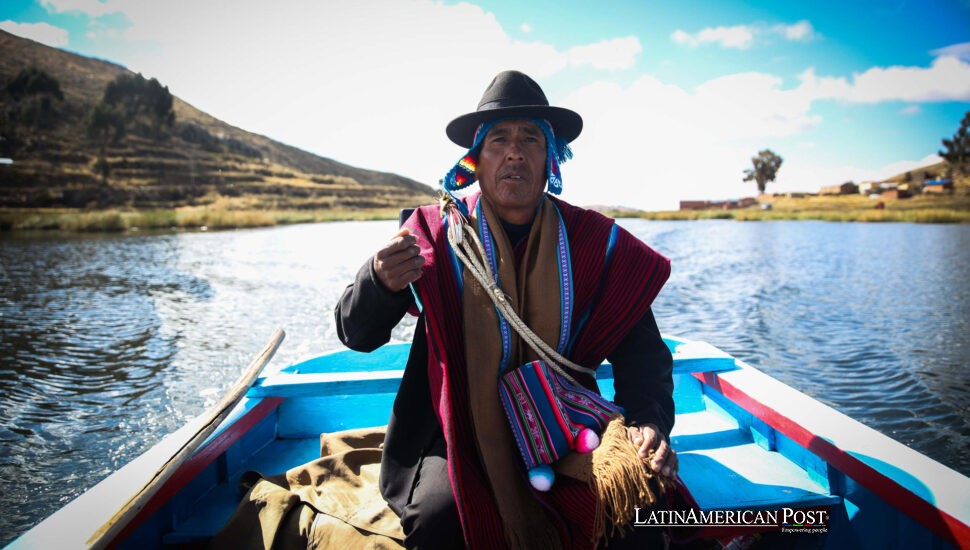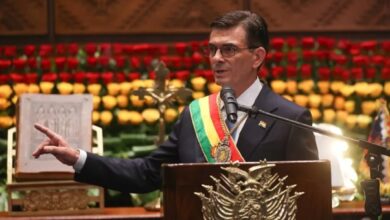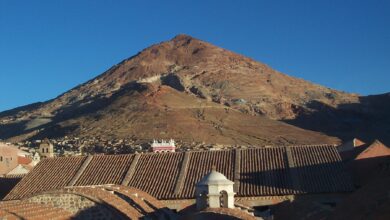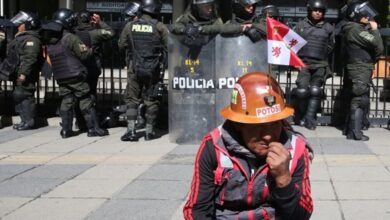Titicaca’s Cry: How Neglect and Pollution Are Suffocating Bolivia’s Sacred Lake

In the world’s highest navigable lake, silence has replaced the slap of nets. Along Lake Titicaca—the sacred mirror shared by Bolivia and Peru—the fish are vanishing, the reeds blackened, and families are leaving. What disappears is more than a fishery: it is a waterscape of memory, sustenance, and ceremony. What advances is an avoidable mix of sewage, mining runoff, and climate-driven drought, turning Bolivia’s shoreline into a stagnant warning.
Where the Lake Thins, Livelihoods Vanish
Titicaca is not one lake but two bodies of water. To the southeast lies the “minor lake,” Huinaymarka, a shallow basin of approximately 2,000 square kilometers, where much of the bed is situated just two to four meters above the mud. In drought years, that cushion collapses. Locals now point to places where the water barely reaches fifty centimeters. Across the Tiquina Strait, the “major lake” still holds its deep-blue dignity. But in Huinaymarka, life is ebbing.
“The life in the lake is sad; we are losing the fish, the totora reeds are burned, the water is turbid,” said Oscar Limachi, an Indigenous leader from Quehuaya, speaking to EFE. His lament carries demographic weight: young people are migrating. “Because of the pollution, there is much migration,” he added. In places where Karachi and Mauri once tangled in nets, EFE found only empty water and a metallic odor. The sacred nursery of generations has become a place to leave behind.
Cohana, the Choke Point
Follow the stench upstream, and you reach Cohana Bay, where the Katari River disgorges the untreated waste from El Alto and Viacha into the lake. Nearly a million residents of El Alto flush their sewage into three tributaries that merge into the Katari, which then injects the cocktail into Cohana like a syringe.
“The contamination that affects the lake comes from human, industrial, and mining activity,” explained environmental researcher Xavier Lazzaro of the Binational Authority for Lake Titicaca (ALT), in remarks to EFE. He calls it an “invisible degradation“: phosphorus from detergents feeds algal blooms; when they die, bacteria strip oxygen, creating pockets where hydrogen sulfide forms—” with the power to kill fish, frogs, and birds,” Lazzaro told EFE.
From the shore, the consequences are stark. Near Cohana, water turns swampy; microalgae film the surface while a tar-like resin clings to the totora reeds. Those reeds—grocery, toolbox, and temple in one—feed cattle, supply boats, and hold the shoreline together. Now animals refuse to eat totora laced with black crusts. And pollution doesn’t stay in Cohana. Residents told EFE the stain drifts into other communities and around once-clear islands.
An Island Empties, a Culture Frays
On Sicuya, Titicaca’s smallest island, fewer than 300 people remain. A health post still functions, but the school has dwindled to just 27 students. “A few years ago, there were many students,” said secondary teacher Octavio Quispe to EFE, noting some grades have just one pupil. Houses stand shuttered, revived only for feast days.
At the landing, the lake is dark and viscous, totora sheathed in black. “There is no fish here; that contamination has made us lose the fish,” said island authority Santiago Quispe to EFE. “Before, the water was transparent. Fifteen years ago, when I was small, the water was beautiful.“
That beauty flickers only in fragments—sunlight glinting between reeds, elders recalling when the seasons guided planting and net-mending. Now the calendar is marked by missed catches and absent relatives, drawn to El Alto’s rented rooms rather than a poisoned shore. Culture frays with ecology: songs and ceremonies tied to fish and reeds are silenced when neither remains.

What It Will Take to Turn the Tide
The science is precise; the governance is not. Everyone agrees that a lake this vast cannot be restored with a single project. Yet basic measures lag. Wastewater plants remain inefficient, with the modernization of El Alto’s central facility delayed for years. Studies by local groups such as the Tierra Foundation warn of state mitigation that is more visible on paper than in the water. Mining runoff continues to flow down from Viacha and the cordillera, mixing with untreated sewage in the Katari. Climate change tightens the drought.
Three practical truths stand out. First, pollution budgets are political budgets. Unless El Alto’s wastewater is treated before it reaches the Katari, Titicaca will be overwhelmed by nutrients and pathogens. Financing, construction, and maintenance—mundane words—could yield beautiful outcomes: clear water, oxygen, fish. Second, industrial and mining discharges must be traceable and enforceable. The incentive to skip treatment is written in the price of ore; enforcement must change that calculus. Third, local testimony is not optional. Fishers and mallkus know where and when the water turned. Ignoring their knowledge ensures failure where action matters most.
There is also a moral truth that requires no lab: Limachi’s sentence—”The life in the lake is sad“—is evidence enough. When sacred reeds wither and schools shrink to four students per grade, the crisis is both civic and ecological. Titicaca is binational and multi-generational. Its rescue must be too.
The paradox is that the fix is urgent yet long. Even flawless treatment won’t strip years of phosphorus from mud overnight; even strict enforcement can’t erase drought. However, taking action now can prevent the central lake from inheriting the minor lake’s pain. It can call fish back to bays where children remember clear water. It can keep Sicuya’s school alive. It can make the phrase “sacred lake” honest again.
Also Read: Brazilian Democracy Keeps the Beat While Congress Rushes to Pass Amnesty
Until then, the sound around Cohana is not the splash of a net but the flat hush of stalled water. That quiet is not peace—it is a warning. If Bolivia wants the future to hear something else—the rustle of reeds, the slip of fish, the laughter of children walking home from school on a clean shore—it knows what must be done.




